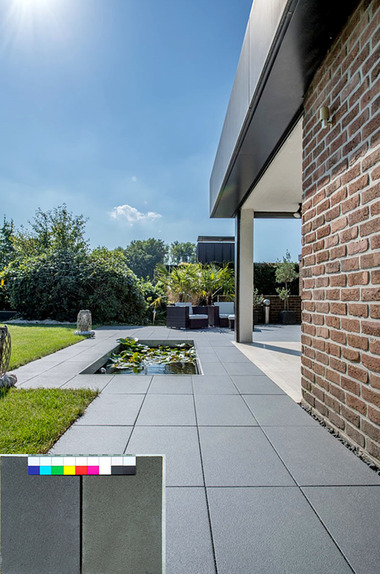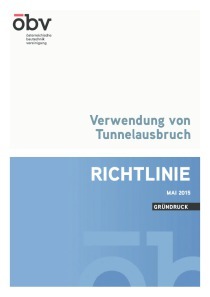Guide for assessing hard-paved surfaces with
concrete elements
The variety of offers available, as well as the demands placed on concrete products prefabricated in plants, have enormously increased in past decades. At the same time, the claims and legal disputes that arise in this connection have continuously risen.
An assessment as to whether the optical quality of the surfacing conforms to the agreed quality is, however, very difficult.
Relevant product standards and other regulatory sets of regulations are frequently only of moderate help for assessing optical quality.
This guide attempts to close this gap. An inter-disciplinary study group of experts, as well as representatives of the construction materials industry and the construction trade, have identified, in a guideline, a majority of possible causes that affect the quality of concrete paving blocks and slabs.
The guide is not meant to deal with the issue of blame, but rather whether and to what extent shortcomings could have been prevented. It is also not intended as a specification or recommendation for assessment.
In the event of differences of opinion concerning the optical quality of concrete surfacing elements, this guide is intended to assist in arriving at an appropriate assessment based on acceptable and, if possible, objective criteria. Toward this objective, the guide provides the following in word and picture: causes and assessment aids from areas involving such issues as differences in color and texture, edge spalling, cracks and breakages as well as ridges, holes, shrink holes and scratches.
Finally, taking into consideration the prestige value and the serviceability of paved areas, this guide shows a development of methodology for assessing the acceptability and the optical shortcomings.






